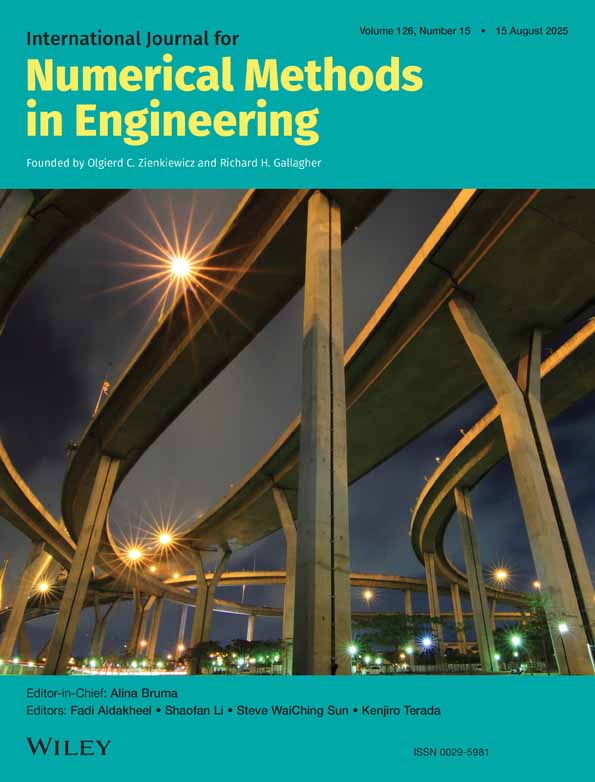Fully automatic mesh generation for 3-D domains based upon voxel sets
Abstract
Fully automatic three-dimensional mesh generation is an essential and increasingly crucial requirement for finite element solution of partial derivative equations. The results of numerical simulation, more precisely the convergence and accuracy of numerical solutions, closely depends on the quality of the underlying mesh. This work introduces a fully automatic finite element mesh algorithm with simplexes (tetrahedra), adapted to complex geometries described by disctete data.
This paper is divided in four sections: (a) brief introduction to discrete geometry is given, as well as the basic definition of the domain of interest; (b) description of the voxel approach to tetrahedronization. The tetrahedronization process uses a divide-and-conquer method, which provides small elements on the boundary of the domain of interest. Voxels of the domain are subdivided according to an automatic procedure, which preserves the topology. Specific rules were introduced which allow reducing the number of voxel configurations to be treated, and consequently the computation time; (c) presentation of results and performances of the mesh algorithms. The resulting algorithm demonstrates an n log n growth rate with respect to the number of elements; (d) optimization of the mesh generation process at hand of a ‘finite-octree’ type of explicit controlling space.




